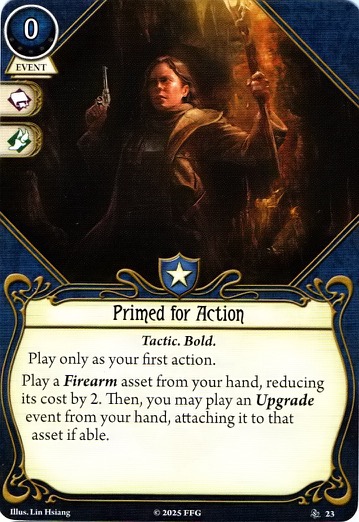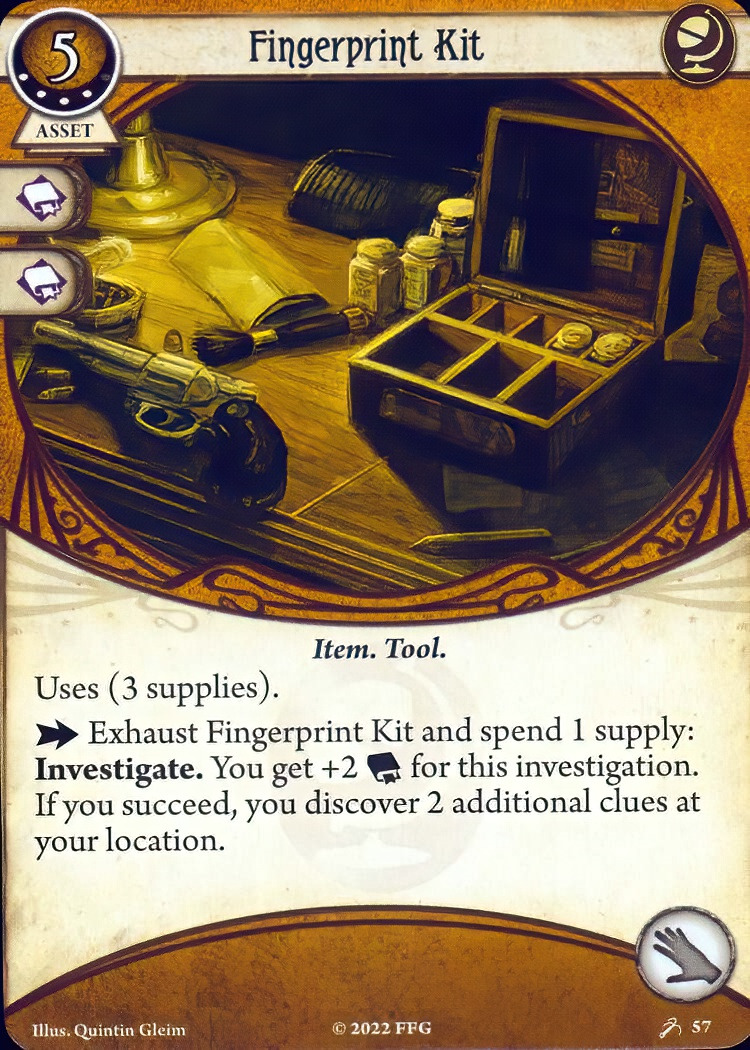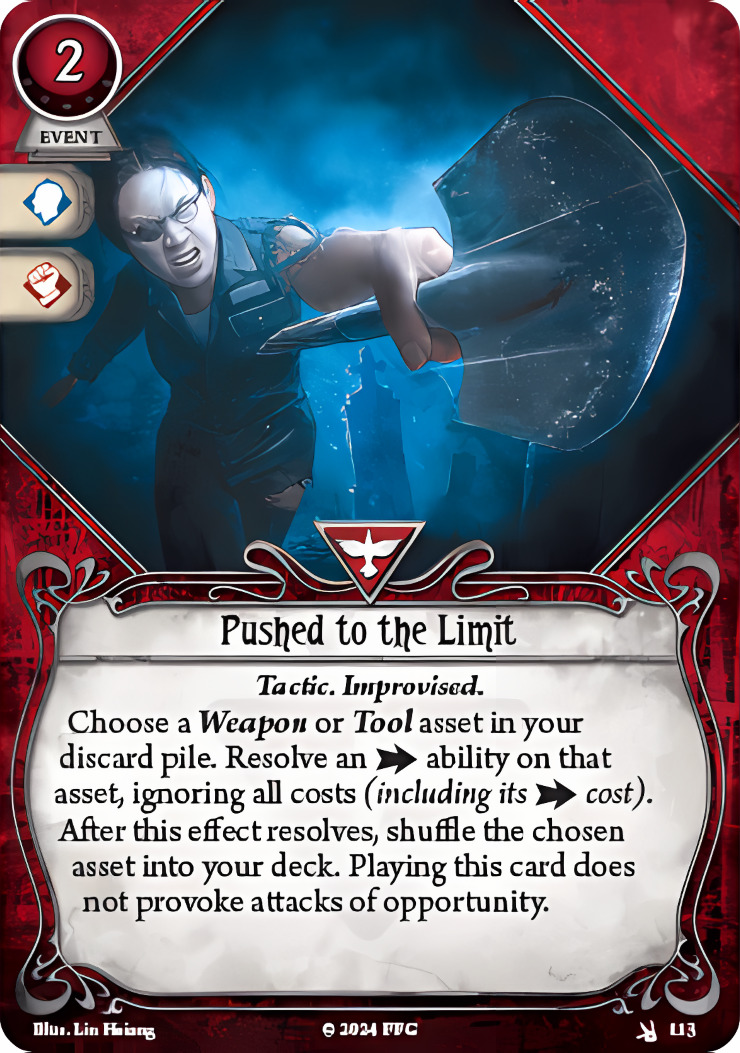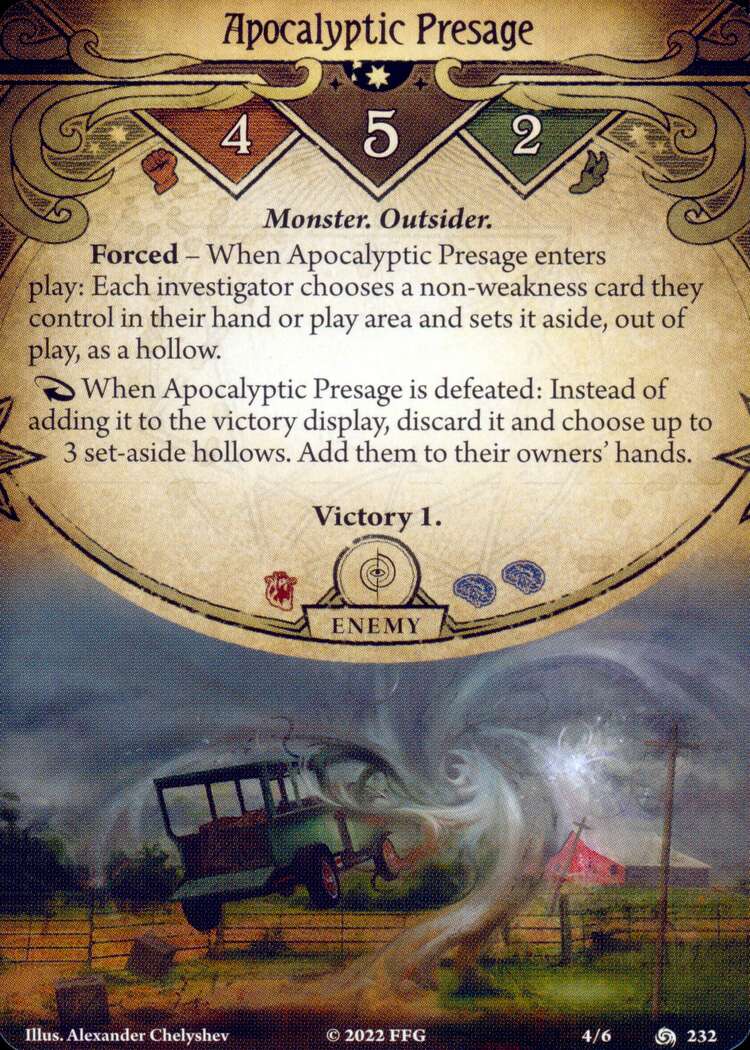
UPDATE: Disregard, this review included a misread of SttP.
+++
Emergency Cache(0) grants +1 tempo- 3R at the price of 1 card & 1 action- whereas Primed For Action gives potentially +2 tempo: spend 1 card + 1 action, gain a discount of 2 resources + 2 actions.
But its dependencies make it near unplayable. You need 2 other cards (the gun and upgrade) ready to go, and Guardians can't afford to stall playing their weapon.
Stick To The Plan, however, can guarantee you have Primed and Custom Modifications (the only non-fast Upgrade that can be SttP'd) from the start. Now you're only relying on luck for 1 card, the weapon itself.
So:
- if you've earned 6XP to get SttP,
- and you wanted to play Custom Mods,
- and you don't take Leather Grip on Custom Mods,
- and you feel really confident you'll mulligan into a gun on your draw,
- and you can wait until turn 2 to play that gun,
- and you didn't have anything else you wanted to use those two slots on SttP for,
- and all of the above feels better than just paying 2xp for Emergency Cache(2)...
...then Primed For Action is a great way to gain 1 tempo over ECache!




